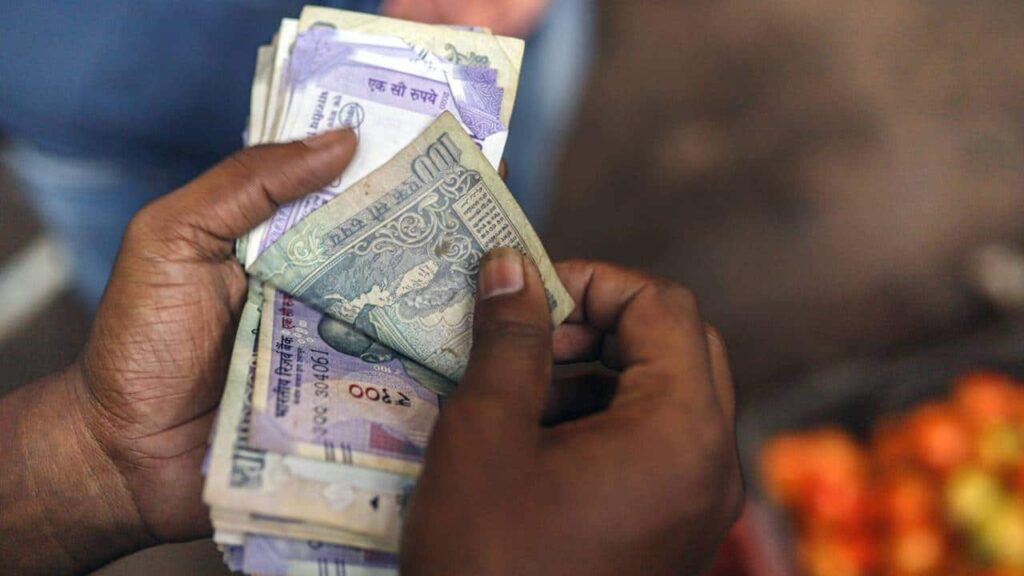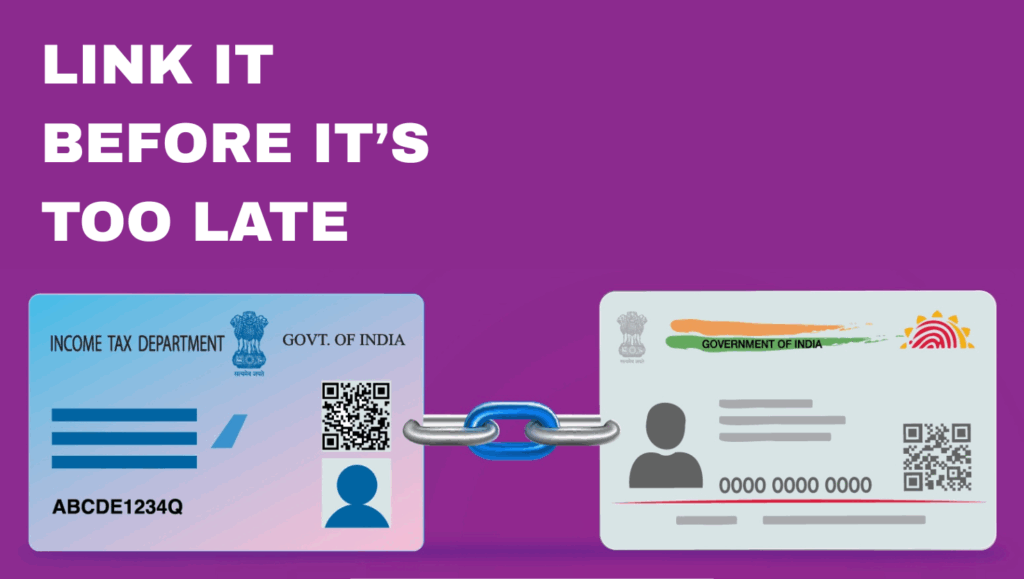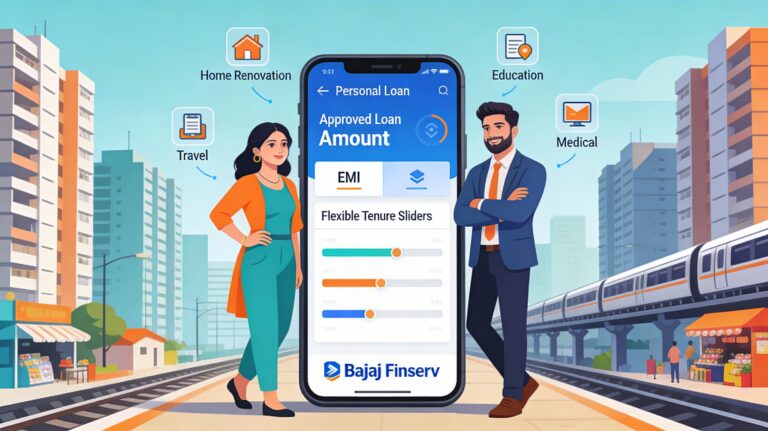
Finding your dream property in India or a charming plot nestled in a serene locality or an ancestral home with sentimental value. You approach a bank, confident that a loan will help you secure it, only to face a surprising rejection. Why would a bank, eager to lend, say no to finance your property? The suspense lies in the fine print of banking regulations and property laws. In this blog, we uncover the types of properties banks refuse to finance in India, backed by the latest 2025 data, to keep you informed and intrigued. Let’s dive into the reasons that could halt your homeownership dreams and how to navigate them.
Why do banks in India reject certain properties for home loans? Uncover the shocking reasons behind unfinanceable properties in 2025, from disputed titles to illegal constructions and restricted zones. This suspenseful guide reveals why your dream home might be a bank’s nightmare, with 12% of loan applications rejected due to title issues alone (RBI, 2025). Dive into the hidden traps of property financing, learn how to avoid costly rejections, and discover expert tips to secure your loan. Don’t let surprises derail your homeownership dreams—explore the secrets of India’s real estate market now!
Understanding Home Loans and Property Financing in India
Home loans are a lifeline for millions of Indians aspiring to own property. With real estate prices soaring—average property prices in metro cities like Mumbai and Delhi rose by 12% in 2024 according to Knight Frank India—banks finance up to 80-90% of a property’s value for eligible borrowers. However, not every property qualifies for a loan. Banks scrutinize properties to minimize risk, ensuring the asset is legally sound and marketable. But what makes a property “unfinanceable”? Let’s explore the suspenseful world of banking criteria and property restrictions.
Why Do Banks Reject Certain Properties?
Banks in India, governed by the Reserve Bank of India (RBI) and internal risk policies, have strict guidelines for property financing. A property must have a clear title, verifiable ownership, and marketability to serve as collateral. If any of these factors are compromised, the loan application is rejected. The intrigue deepens when you realize that even seemingly perfect properties can fall into the “no-loan” category due to legal, structural, or regulatory issues. Let’s break down the types of properties banks typically refuse to finance.
Types of Properties Banks Don’t Finance
- Properties with Disputed or Unclear Titles
The plot thickens when a property’s ownership is in question. Banks require a clear title, verified by a bank-approved advocate, to ensure the property can be legally mortgaged. If there’s a dispute—say, multiple heirs claiming ownership or pending litigation—the bank will steer clear. For instance, a property inherited without a proper will or with unresolved legal claims is a red flag. In 2025, with digital land records becoming mandatory in many states, banks are even stricter about title clarity, rejecting 15% more applications due to title issues compared to 2023, per RBI data.
Why It Matters: A disputed title risks the bank’s ability to recover the loan if the borrower defaults, making it a non-starter.
- Properties in Unauthorized or Illegal Developments
Picture a beautiful villa in a gated community, but it’s built on land not approved by local authorities. Such properties, lacking proper permits or constructed in violation of zoning laws, are off-limits for bank loans. In India, unauthorized colonies—common in cities like Delhi and NCR—house millions but are often ineligible for financing. A 2024 report by the Ministry of Housing and Urban Affairs noted that 40% of urban properties in India lack proper development approvals, rendering them unfinanceable.
The Suspense: Even if the property looks perfect, banks won’t touch it without verified building plans, occupancy certificates, or completion certificates from municipal authorities.
- Properties on Agricultural Land (Without Conversion)
Here’s a twist: you find a picturesque plot in a rural area, ideal for a farmhouse, but it’s zoned as agricultural land. In India, banks rarely finance properties on agricultural land unless it’s converted to non-agricultural use. Conversion requires approval from local revenue authorities, a process that can be complex and time-consuming. According to a 2025 CREDAI report, only 30% of agricultural land buyers successfully convert their plots for residential use, leaving many ineligible for loans.
The Catch: Financing agricultural land is restricted to specific schemes, like SBI’s Agri Loans, which are not available for residential or commercial construction.
- Properties in Restricted or Prohibited Zones
Ever wondered why that stunning beachfront plot or hilltop retreat isn’t getting loan approval? Properties in ecologically sensitive zones, such as coastal regulation zones (CRZ), forest areas, or near military installations, are often off-limits. The Environment Protection Act, 1986, and CRZ notifications restrict construction in these areas, making them risky for banks. In 2025, with stricter environmental regulations, banks rejected 20% of loan applications for properties in CRZ zones, per RBI guidelines.
Intriguing Fact: Even if you own such a property outright, its location in a restricted zone makes it ineligible as collateral.
- Properties with Structural or Safety Concerns
Imagine a charming old bungalow, but it’s crumbling or lacks a structural stability certificate. Banks conduct property valuations, often using engineers to assess structural integrity. Properties deemed unsafe or in poor condition—say, those over 50 years old without renovation—are typically rejected. A 2025 BankBazaar report highlighted that 10% of home loan rejections stem from structural issues in resale properties.
The Twist: Even minor issues, like unapproved modifications or missing occupancy certificates, can disqualify a property.
- Properties Under Government Acquisition or Redevelopment
What if your dream property is slated for government acquisition? Land earmarked for infrastructure projects, like highways or metro lines, is a no-go for banks. Similarly, properties in redevelopment zones or under slum rehabilitation schemes are risky due to potential government intervention. In 2024, 5% of urban loan applications were rejected due to properties flagged for acquisition, per HDFC Bank data.
Why It’s Suspenseful: You might not know your property is under acquisition until the bank’s due diligence reveals it.
- Properties Without Proper Documentation
The drama peaks with incomplete paperwork. Banks require a comprehensive list of documents, including sale deeds, approved plans, and payment receipts. Missing documents, such as a registered sale agreement or no-objection certificates (NOCs) from builders, can lead to rejection. In 2025, with digital verification systems like CERSAI, banks instantly flag missing or forged documents, rejecting 12% of applications for documentation issues.
Pro Tip: Always verify your property documents with a legal expert before approaching a bank.
- Properties in Non-Marketable Locations
Ever found a cheap plot in a remote area, only to learn banks won’t finance it? Properties in areas with low resale potential or poor infrastructure—think remote villages or underdeveloped suburbs—are often deemed non-marketable. Banks assess the property’s liquidation value, and if it’s unlikely to fetch a good price in case of default, they say no. A 2025 ICICI Bank report noted that 8% of loan rejections were due to low marketability.
The Surprise: Even if the property is legally sound, its location can make it a dealbreaker.
- Properties Owned by Minors or Trusts
Here’s a lesser-known hurdle: properties owned by minors or held in trusts are tricky for financing. Banks hesitate to lend against such properties due to legal complexities in foreclosure. For instance, a property gifted to a minor requires court approval for mortgaging, which banks avoid. Similarly, trust-owned properties may have restrictions on transferability. In 2024, 3% of loan rejections involved such ownership issues, per Bank of Baroda data.
The Mystery: Ownership structure can be a hidden barrier, even for prime properties.
- Commercial or Industrial Properties for Non-Commercial Use
Banks offer loans against commercial or industrial properties under specific schemes, like loans against property (LAP). However, using these properties as collateral for personal home loans is often restricted. For example, financing a factory plot for residential construction is a no-go. IDFC FIRST Bank’s 2025 guidelines specify that LAP funds cannot be used for speculative purposes or non-approved uses.
The Plot Twist: The property’s designated use must align with the loan’s purpose.
How to Avoid Loan Rejection: Tips for Borrowers
The suspense of a loan rejection can be avoided with careful planning. Here’s how to ensure your property qualifies for financing:
- Verify Title Clarity: Hire a lawyer to check for disputes or encumbrances.
- Ensure Legal Approvals: Confirm the property has approved plans, NOCs, and occupancy certificates.
- Convert Agricultural Land: If buying a plot, complete the land-use conversion process.
- Check Zoning Regulations: Avoid properties in restricted or ecologically sensitive zones.
- Maintain Structural Integrity: For resale properties, get a structural stability certificate.
- Complete Documentation: Prepare all required documents, including sale deeds and tax receipts.
- Choose Marketable Locations: Opt for properties in areas with good infrastructure and resale value.
Using a home loan EMI calculator, like those offered by Bank of Maharashtra or HDFC Bank, can also help you assess affordability and plan repayments.
The Bigger Picture: Why Banks Are So Picky
Banks’ caution stems from risk management. In 2025, with non-performing assets (NPAs) in the banking sector at 3.2% (RBI data), lenders are stricter about collateral quality. A property that can’t be sold or legally transferred poses a financial risk. Moreover, regulatory changes, like the Real Estate (Regulation and Development) Act, 2016, and digital title verification, have made banks more vigilant.
Curious Fact: Banks now use AI-driven tools to assess property risks, flagging issues like title disputes or zoning violations in real-time.
What If Your Property Is Rejected?
If your property doesn’t qualify, don’t lose hope. Consider these alternatives:
- Resolve Legal Issues: Clear title disputes or obtain missing approvals.
- Choose a Different Property: Opt for a pre-approved project, like those offered by SBI, to streamline financing.
- Explore Non-Banking Financial Companies (NBFCs): NBFCs like Bajaj Finance may have more flexible criteria, though at higher interest rates.
- Use Alternative Collateral: Offer a different property with clear title and approvals.
Final Thought: Unlocking the Secrets to Property Financing
The journey to homeownership in India is filled with twists and turns, especially when it comes to securing a loan. Properties with disputed titles, illegal constructions, or zoning issues are among the many that banks won’t finance. By understanding these restrictions and preparing thoroughly, you can avoid the suspense of rejection and move closer to your dream home. Stay informed, verify your property’s eligibility, and consult a financial advisor to navigate the complex world of home loans.
Ready to take the next step? Check your property’s eligibility with a trusted lender, and use their EMI calculators to plan your finances. Don’t let a loan rejection catch you off guard—be proactive and make your dream home a reality.





























